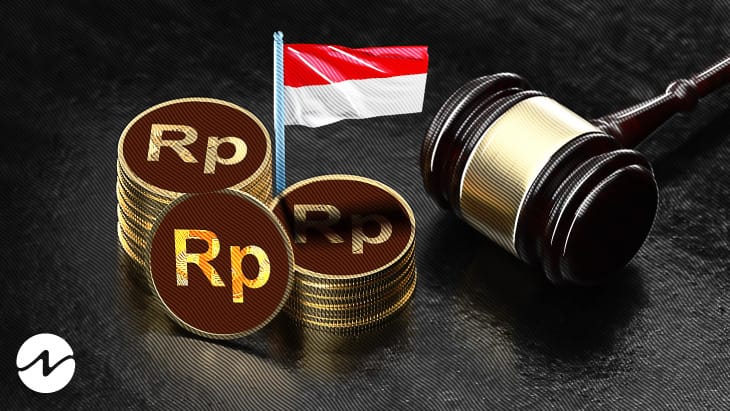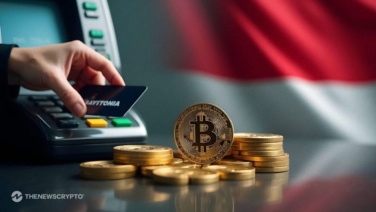- The conceptual design of the future digital rupiah would be released by the end of 2022.
- The digital rupiah’s security measures are now being developed by Bank Indonesia.
Indonesia’s central bank is aiming to create a new digital rupiah in large quantities. Regulators aim to make sure that the new currency can be used across borders and will be the sole legal tender for digital transactions in the nation.
To facilitate wholesale transactions, the central bank of Indonesia has been hard at work issuing a digital version of the national currency. In a briefing on Thursday, Governor Perry Warjiyo said that the conceptual design of the future digital rupiah would be released by the end of 2022.
It has been a year since Bank Indonesia began looking into the possibility of launching its central bank digital currency (CBDC). According to the report, its major goal is to stay ahead of the worldwide expansion of cryptocurrencies as a payment mechanism.
Worldwide CBDC Adoption
Other countries in the area, including the central banks of the Philippines and Australia, are also investigating digital currencies as a way to deploy blockchain technology to simplify transfers and settlements.
Cross-border payment experiments involving CBDCs were announced by Australia, Singapore, Malaysia, and the Republic of South Africa, the last autumn. Countries’ central banks stated their collaboration aimed at developing common platforms for international transactions utilizing various state-issued digital currency.
The digital rupiah’s security measures are now being developed by Bank Indonesia in conjunction with counterparts throughout the world. Large banks and payment service providers will distribute the CBDCs, which will then be sold to smaller banks for different retail transactions, after they have been created.
Wellian Wiranto, economist of Oversea-Chinese Banking Corp in Singapore, indicated that this would be done to minimize the possible disintermediation of banks, particularly in times of crisis, or the danger that people would opt to bank directly with the “risk-free” central bank rather than commercial banks.
Recommended For You:








